'In a war of guerrilla resistance from 1682 to 1707, the Marathas destroyed the foundations of the Mughal empire.'
'Shivaji was dead, but his example and ideals survived and were the main source for inspiration for the Marathas in their desperate struggle with the mighty Mughal empire,' notes Colonel Anil A Athale (retd), the well known military historian.
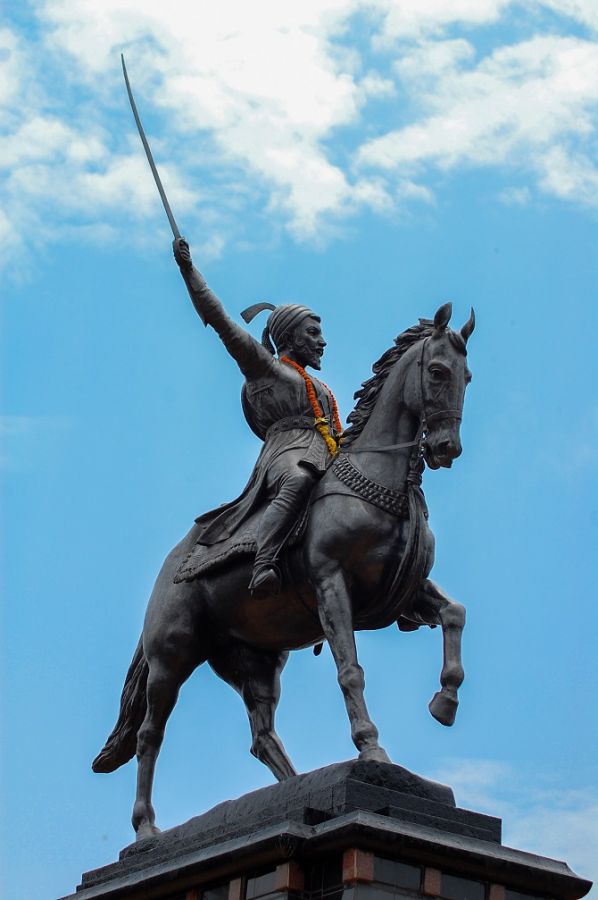
February 19, 2020 marks the 390th birth anniversary of one of India's greatest military geniuses, Chhatrapati Shivaji.
Unfortunately, caught up in the current political war, his legacy is often disputed or ignored by the cabal of Delhi-based historians who have captured the commanding heights of Indian historiography since 1960s.
Local politicians in his native Maharashtra have further led to the diminution of this great personality by reducing him to a provincial figure or even a caste leader.
It is interesting to note that his contemporaries like his foe Mughal Emperor Aurangzeb or neutral sources like the Portuguese thought very highly of him.
The Portuguese viceroy, writing to his king on January 28, 1666 compared Shivaji to Alexander and Caesar. Writing in December 1666, the Portuguese historian Cosme De Guarda mentions that when news of Shivaji's successful escape from Agra was received, the entire population in Maharashtra rejoiced. De Guarda felt the main reason for Shivaji's popularity was that he was just to all.
The Portuguese envoy at the Mughal court has reported that even a bitter foe like Aurangzeb on hearing of Shivaji's death, remarked, 'A great warrior is dead.' It is noteworthy that Aurangzeb embarked upon his Deccan campaign only in 1682, two years after Shivaji's death and not when Shivaji was alive. Actions speak louder than words.
In the global context, the tide of Islam, which rose in the first millennium, had swept everything before it. In Europe, it was Charles Martel of France who checked it. In Asia, the Muslim conquests swept aside the ancient civilisation of Persia and the Zorastrian faith. A handful of Zorastrians found refuge in India and the faith survived.
Buddhist Afghanistan and most of north India also fell prey to these invasions. While many Muslim rulers were quite content to let the ancient Indian faith survive, some like Aurangzeb made a determined bid to Islamise India.
India escaped the fate of Persia due to the resistance offered to the Mughals by the Sikhs and Jats in the north and the Marathas in the south.
In a war of guerrilla resistance from 1682 to 1707, the Marathas destroyed the foundations of the Mughal empire. Shivaji was dead, but his example and ideals survived and were the main source for inspiration for the Marathas in their desperate struggle with the mighty Mughal empire.
Shivaji faced the twin threats to his idea of establishment of 'Hindavi Swarajya'. The first and immediate threat was the Bijapur sultanate. It was the most powerful amongst the Deccan sultanates. The architectural marvel of the Gol Gumbaz in Bijapur and the Malik e Maidan cannon are a testimony to its wealth and power.
Between 1645 and 1655, Shivaji took advantage of the sultan of Bijapur's illness and captured several strong mountain forts in and around the tehsil of Poona. Stung by these reverses, Afzal Khan, the chief of the Bijapur Sultan's army, launched a decisive campaign against Shivaji in October-November 1659.
Shivaji lured Afzal Khan into the difficult and narrow valley of Javali and destroyed Bijapur's 15,000- strong army. Afzal Khan, who had vowed to capture Shivaji, dead or alive, was killed by Shivaji personally and the Bijapur army annihilated. The Bijapur sultanate never recovered from this blow.
In 1658, Aurangzeb imprisoned his ailing father Shah Jahan and took over the reins of the Mughal empire. Prior to this, he had been in the south and had played the game of making the southern sultanate of Bijapur fight Shivaji.
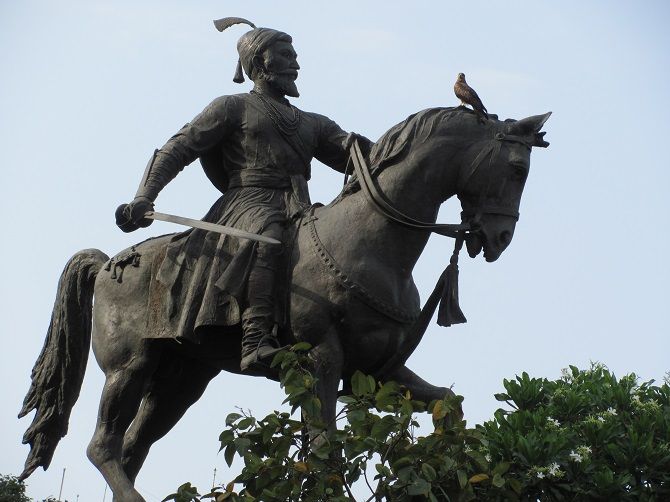
Although the Mughals and Shivaji enjoyed cordial relations for a while, both knew that the ultimate test was bound to come. No sooner had Aurangzeb become the emperor in 1660 than he dispatched a large army under Shaista Khan to deal with the Marathas.
Shivaji showed his strategic vision and quickly signed a peace treaty with the sultan of Bijapur on September 22, 1660 and concentrated his entire attention on dealing with Shaista Khan.
For three years, the Mughals ruled Poona and the surrounding areas with an iron hand. Shivaji launched many retaliatory raids in Mughal territory, but failed to uproot the Mughals from Poona. Shahista Khan occupied Lal Mahal, Shivaji's own palace, adding insult to injury.
On April 5, 1663, in a daring move, Shivaji himself led a raid with just 200 soldiers on the vast Mughal army at Poona. Shaista Khan barely escaped with his life (but minus his fingers). Many others were not so lucky. Nearly 40 high officials, Shaista Khan's three sons and one son-in-law and one general lost their lives.
The Mughals never recovered from this shock and their forces withdrew to Aurangabad. Shaista Khan was posted to Bengal in disgrace.
These two master strokes by Shivaji dealt with two major enemies. Thomas Babington Macaulay in a historical essay says that soon after Aurangzeb's death, every corner of his wide empire trembled at the name of the mighty Marathas.
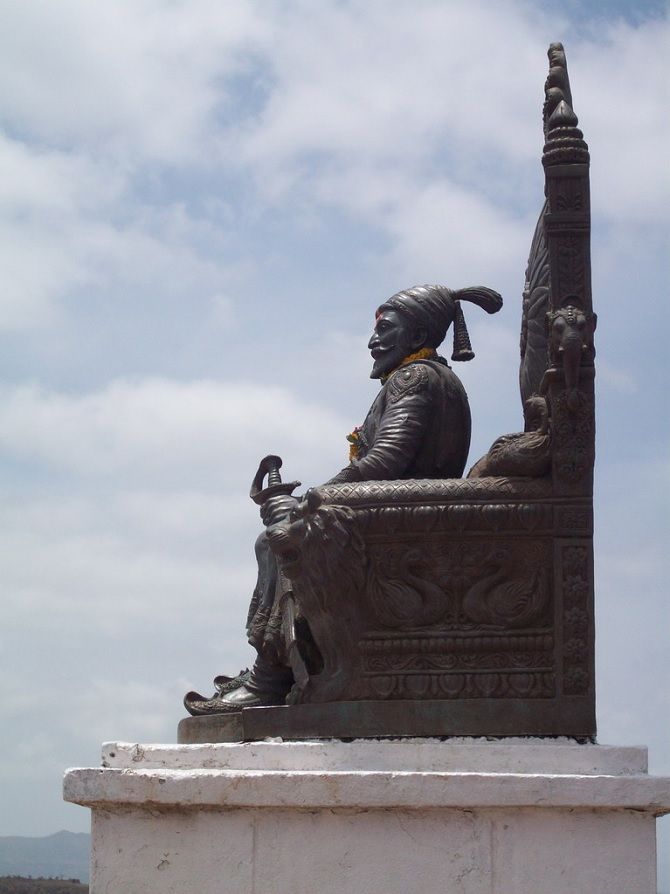
Aside from his strategic vision, in both these episodes, one can see Shivaji's extraordinary physical prowess. In the Pratapgad battle, Shivaji, who was 5 feet and a few inches tall, took on an adversary who was close to 6 feet tall.
In the case of the commando raid on Lal Mahal, Shivaji must have walked/rode nearly 40 kms from Sinhagad fort, launched the raid and went back. A journey of close to 60 kms in a day and fighting hand to hand combat for more than an hour!
The secret of his physical prowess was his childhood in Pune. Historical records speak of his fondness for regular exercises in the gymnasium and exercises on the malkhamb (an oil greased pole).
With his support and encouragement, Ramdas Swami, his collaborator in the project to establish a Hindavi Swarajya, established Bajrangbali temples with gymnasiums in every village in Maharashtra. It is these akharas that encouraged wrestling and physical exercises that produced the Maratha soldiers who at a later date were to ride their horses to the Attock river!
Maharashtra today has seen a proliferation of Shivaji statues. Instead, the establishment of gymnasiums or akharas for wrestling in every village in the state will be a greater tribute to Shivaji who showed what physical fitness is!







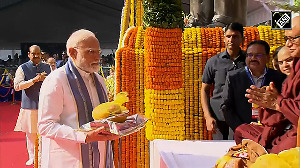
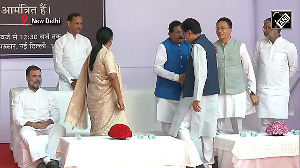

 © 2025
© 2025